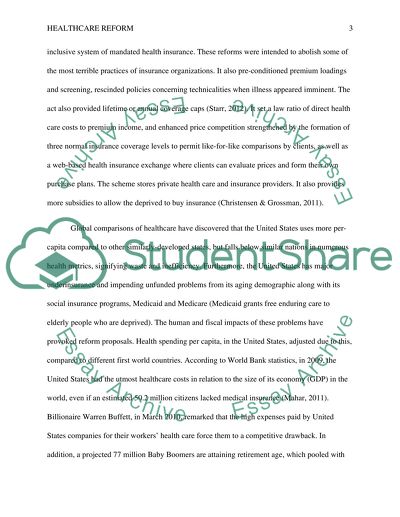Cite this document
(“Healthcare Reform Essay Example | Topics and Well Written Essays - 1250 words”, n.d.)
Retrieved from https://studentshare.org/health-sciences-medicine/1481385-healthcare-reform
Retrieved from https://studentshare.org/health-sciences-medicine/1481385-healthcare-reform
(Healthcare Reform Essay Example | Topics and Well Written Essays - 1250 Words)
https://studentshare.org/health-sciences-medicine/1481385-healthcare-reform.
https://studentshare.org/health-sciences-medicine/1481385-healthcare-reform.
“Healthcare Reform Essay Example | Topics and Well Written Essays - 1250 Words”, n.d. https://studentshare.org/health-sciences-medicine/1481385-healthcare-reform.


